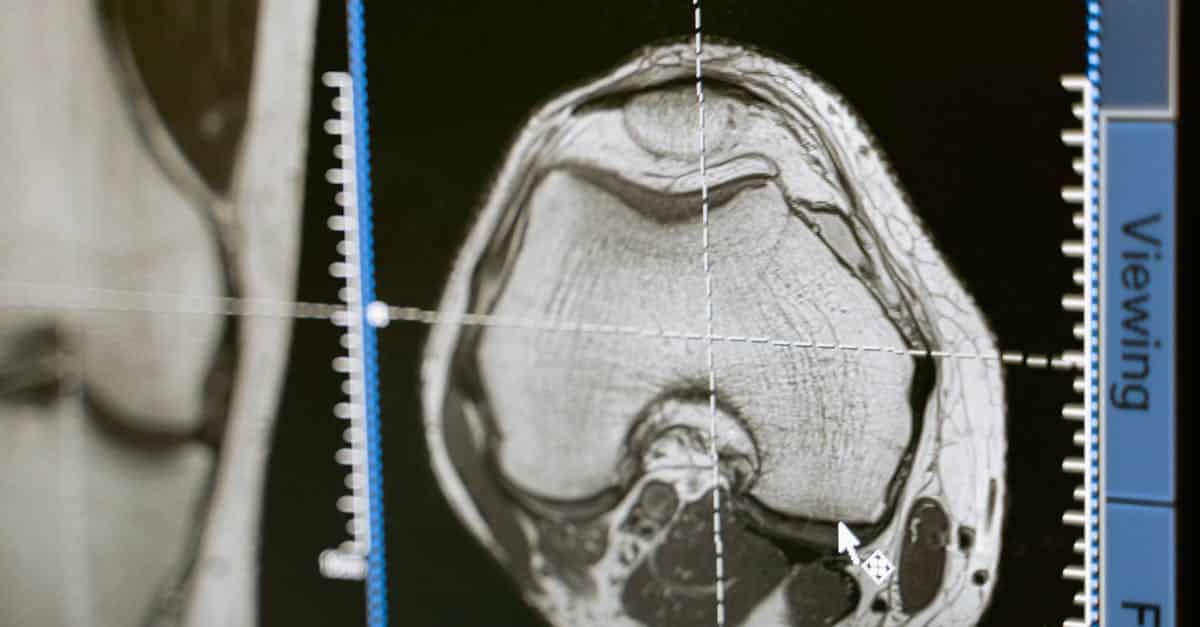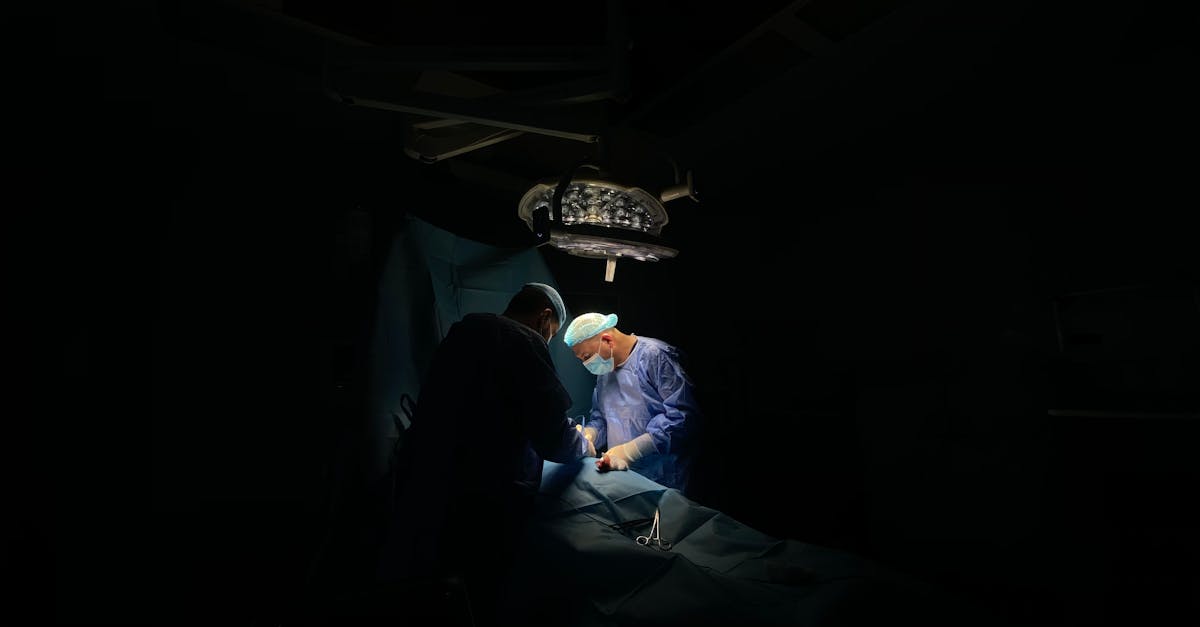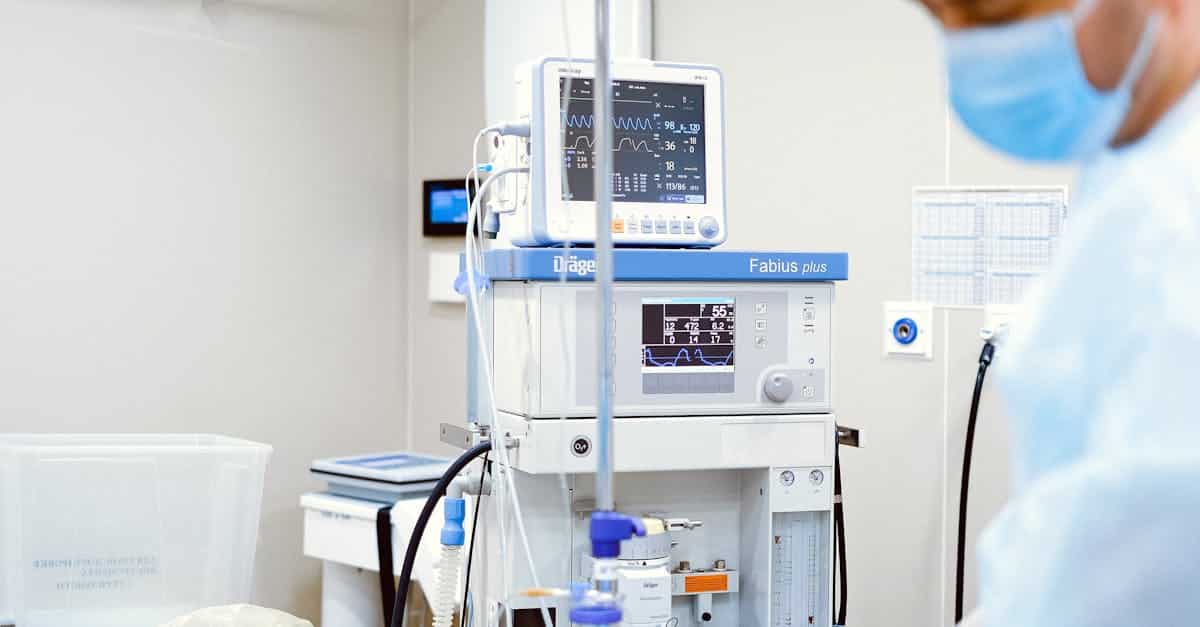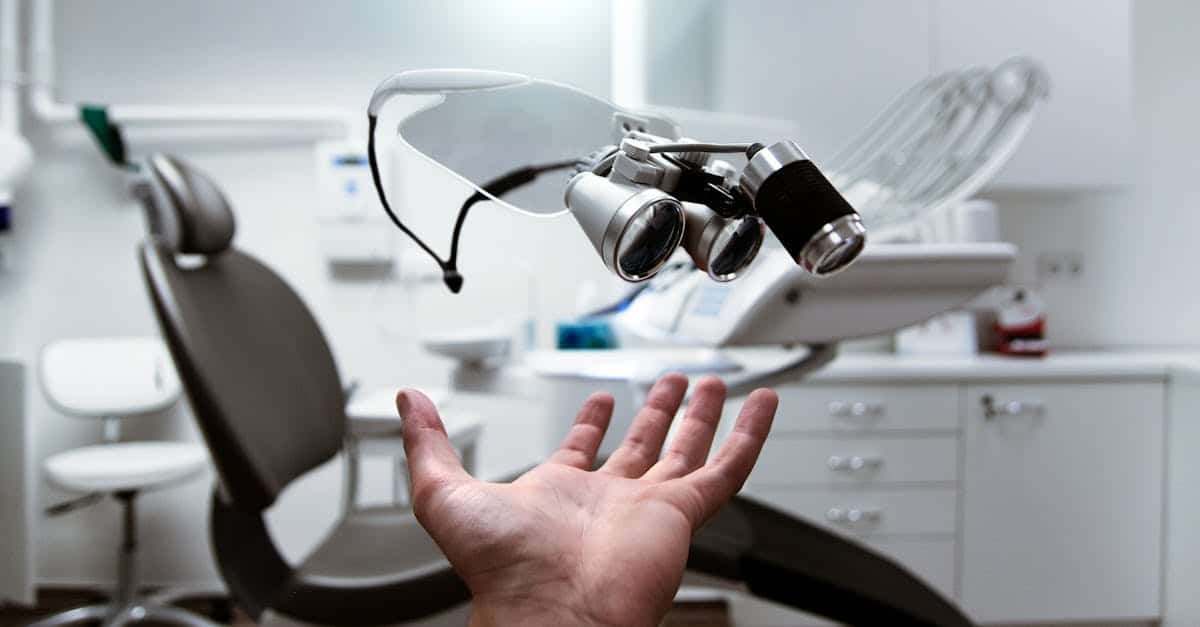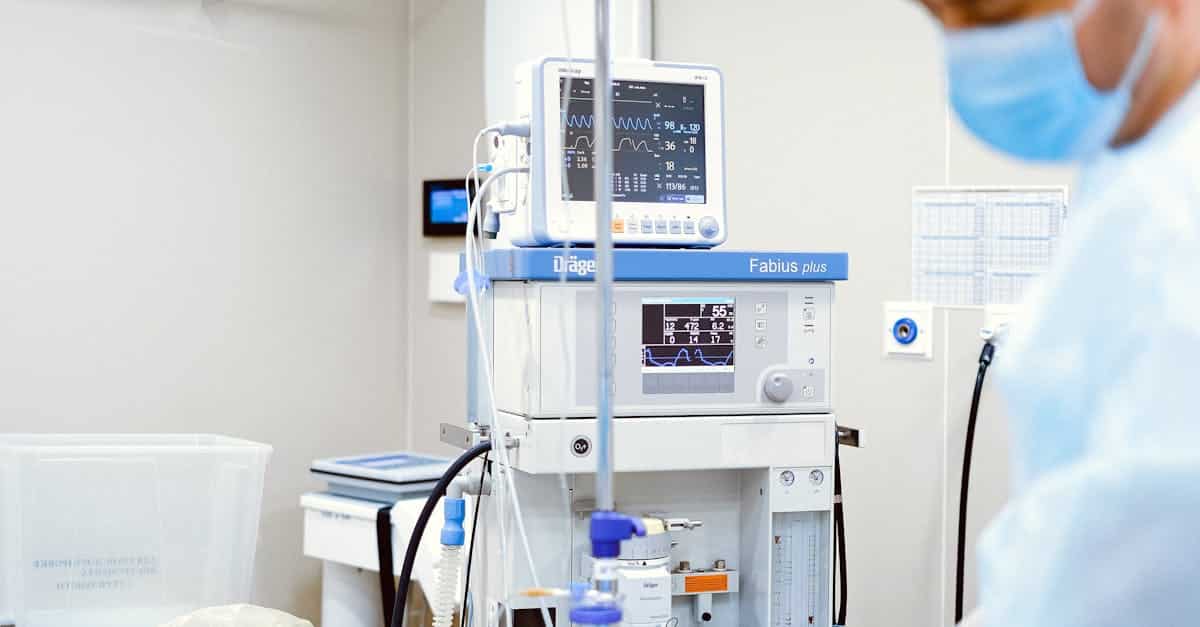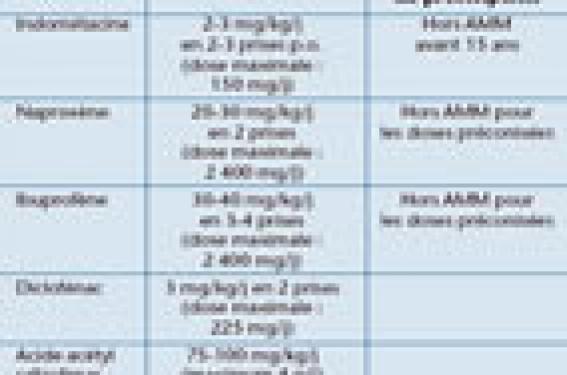Robot surgery is emerging as an essential solution for complex procedures due to its many advantages. This innovative approach facilitates delicate surgical procedures, combining precision and real-time control. By offering 3D visualization and optimized mobility of surgical instruments, it reduces the risks of complications and improves postoperative outcomes. In addition, minimizing incisions allows for a quicker recovery, thus promoting an early return to daily life for patients. These features make surgical robotics a cornerstone of modern medtech advancements.

Robot surgery has become a pillar of innovation in the medical field, transforming how several types of complex interventions are performed. Thanks to technological advancements, these procedures offer significant benefits for both patients and surgeons. By introducing robotic tools in the operating room, there is a notable improvement in precision, safety, and efficiency of surgical interventions.
One of the main features of robot surgery is the ability to provide high-definition three-dimensional vision for the surgeon. This perspective enhances depth perception and clarity of anatomical structures, thus allowing for finer and more controlled movements. Robots are often equipped with articulated instruments that mimic movements possible by a human hand, but with greater range and precision. The minimally invasive techniques offered by robotic surgery significantly reduce trauma to surrounding tissues compared to traditional open interventions, resulting in a significant decrease in postoperative pain.
Another important advantage is the reduction of surgical complications. Studies have shown that patients undergoing robotic interventions can benefit from a decreased risk of infections, hemorrhages, and other complications associated with more invasive surgery. This is due to the fact that incisions are smaller, leading to a faster recovery. By minimizing hospital stay, robotic surgery also helps reduce costs associated with healthcare.
Robot surgery also allows for better telemedicine. Advances in robotic systems enable surgeons to perform remote interventions, which is particularly beneficial for patients living in underserved areas. Interventions become accessible to a larger number of patients, without necessarily requiring their travel to specialized care centers. This opens the door to a dynamic where surgical skills can be leveraged regardless of geographical constraints.
The performance of robotic devices is also constantly evolving, encouraging healthcare professionals to adopt these technologies. Instruments are designed to be more durable and ergonomic, further optimizing the surgical experience. Over time, improvements in motion control and haptic feedback contribute to increasing surgeon comfort while reducing fatigue during long and complex procedures.
Meanwhile, the training and evaluation of surgeons’ skills are a crucial aspect. Training programs dedicated to robotic surgery often include advanced simulators that prepare practitioners for the challenges of real interventions. This ensures not only that surgeons are competent but also that they are up-to-date with the latest technologies and innovations. This approach fosters continuous progress, which is essential in such a dynamic field.
Furthermore, robotic surgery has been widely demonstrated in specialties such as , gynecological surgery, as well as thoracic surgery and orthopedic surgery. In each field, the application of these technologies has improved clinical outcomes and shortened rehabilitation time. For example, in the field of bariatric surgery, new robotic techniques have proven effective in optimizing the management of complications related to obesity, such as deformities and metabolic diseases.
Finally, surgical robotics is the subject of ongoing research, fueling the development of new applications and technological improvements. Young medical technology companies, such as Mendaera, are investing in creating portable robotic solutions, which could change the surgical landscape in various circumstances. Innovations in medicine, as well as the technological challenges it presents, are at the forefront of current concerns in global health.
Advances in interventional neurology and techniques for managing cerebral aneurysms also illustrate the positive impact of robotic technology. New interventional methods offer promising possibilities for treating strokes, demonstrating how robotics can improve the quality of care in critical situations.
For surgeons, the ability to explore advanced methods, leverage high-precision instruments, and benefit from transformative technological support in their daily practice represents a dream come true. This translates into an increased level of comfort during procedures, allowing doctors to focus more on the well-being of their patients.
In summary, robot surgery represents a booming field, making major improvements to complex interventions. By fostering precision, safety, and efficiency, this type of medical approach ensures not only a better quality of life for patients but also changes traditional surgical methods. With the continued support of technological advancements and research and development efforts, the future prospects that this discipline offers are immense.
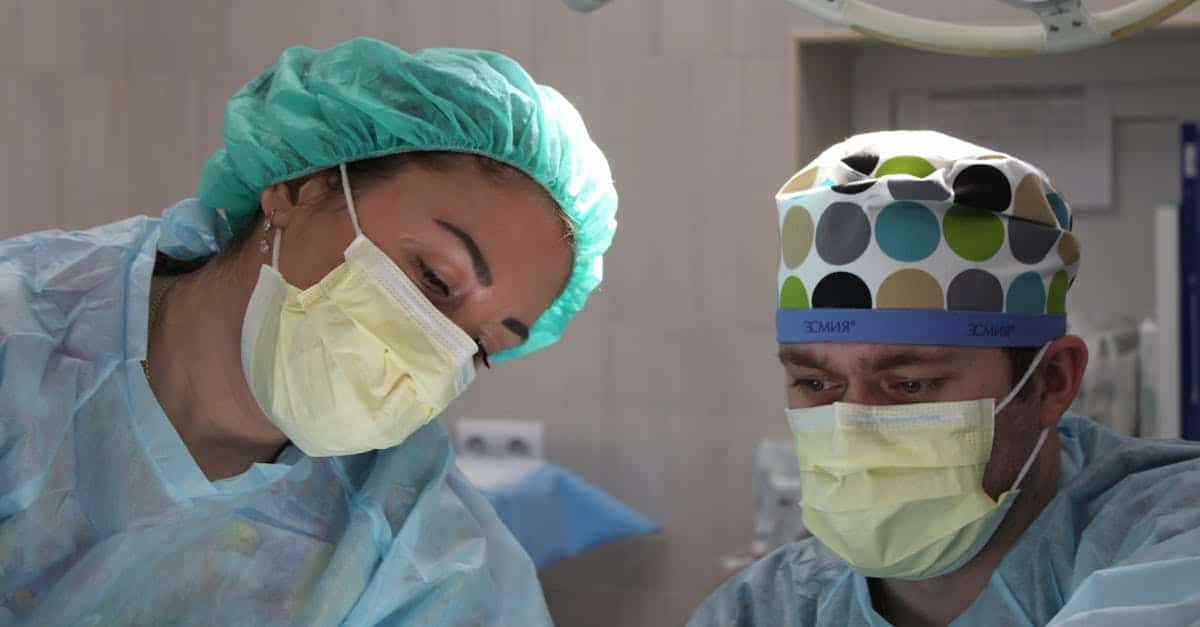
Robot surgery emerges as an innovative solution for performing complex interventions, offering numerous benefits for both surgeons and patients. Thanks to its technological advancements, this method improves the precision of surgical actions, reduces recovery time, and optimizes clinical outcomes. This article highlights the main advantages of robotic surgery for challenging interventions.
Precision and control
One of the major advantages of robot surgery lies in the precision offered by robotic instruments. These systems allow surgeons to perform interventions with unmatched accuracy, thereby reducing the risks of damage to healthy tissues. The ability to perform meticulous movements and work in confined spaces ensures optimal results, especially during urological, gynecological, or orthopedic procedures.
Fewer postoperative complications
Interventions performed by robotics are often associated with a decrease in postoperative complications. The minimally invasive nature of these techniques results in less trauma to surrounding tissues, thereby reducing the risks of infections and hemorrhages. Patients also benefit from generally less intense postoperative pain, facilitating their management and accelerating their recovery.
Accelerated recovery
Techniques of robot surgery foster a significant reduction in hospitalization time. Thanks to smaller incisions and less traumatic procedures, patients can return home more quickly. Consequently, this also leads to a decrease in costs related to hospitalization and rehabilitation. The return to daily activities occurs in much shorter time frames, thereby improving the quality of life for patients.
Improved visualization
Another asset of robot surgery is the quality of surgical visualization. Robotic systems incorporate high-definition 3D cameras, providing surgeons with a detailed and real-time view of the surgical site. This improvement in visualization allows for a better assessment of patients’ anatomy and informed decision-making during the intervention, contributing to a higher success rate.
Training and collaboration
Robot surgery also opens the door to new training opportunities for surgeons. Robotic simulators allow practitioners to acquire and refine their skills in a safe and controlled environment. Moreover, operations can be performed with the collaboration of experts located in different parts of the world, thanks to tele-surgery technology. This promotes the exchange of skills and knowledge, thereby strengthening surgical techniques worldwide.
Future innovations
Advancements in the field of surgical robotics promise even more innovations for complex interventions. Developments in artificial intelligence and automation pave the way for continuous improvements in the field. New solutions could enhance the efficiency and safety of procedures, making robotic surgery even more accessible and beneficial for patients.


